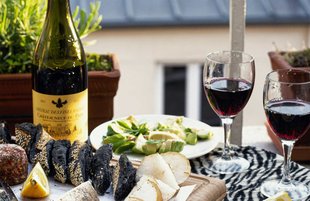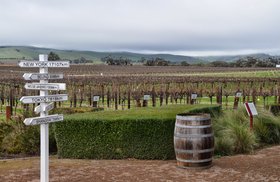A Complete Guide to Investing in French Wine in 2025
Less than 0.1% of wines produced worldwide are worth investing in. Bordeaux and Burgundy have dominated this scene for decades.
But are they the only French wines that make good long-term investments?
How do you buy a fine French wine without encountering a counterfeit bottle?
Here’s your guide to investing in French Wine - selecting an investment-worthy bottle, the best French wines to invest in, and 15 cellar-worthy bottles to buy in 2024.
You’ll also discover how to invest in French wine easily with Vinovest and some quick tips that will help you get started on your wine investment journey.
Further reading
- Here are all the insider tips you need to know about Investing In Fine Wine.
- Also, check out this comprehensive guide to Investing in Wine Stocks.
How to Select An Investment-Worthy French Wine
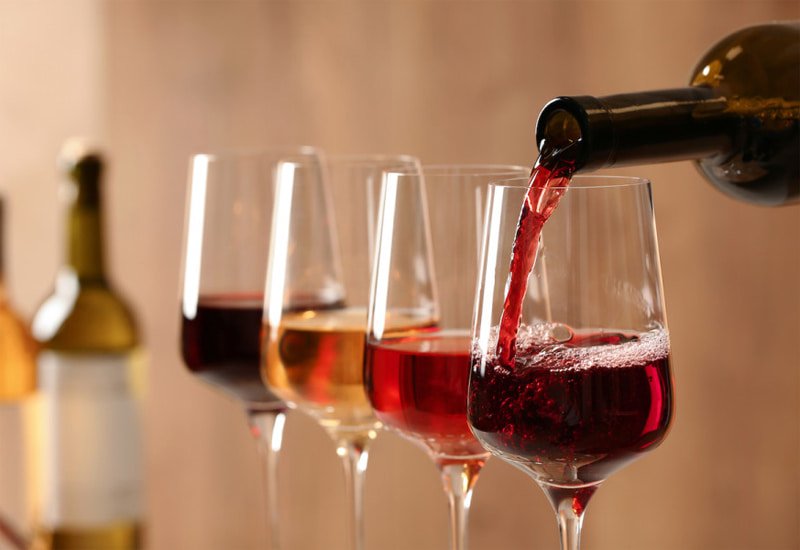
Here are a few factors to help you determine if a French wine is worth your cellar.
- Aging Potential: To be investment-worthy, a bottle should have a cellaring potential of at least 10 years.
- Scarcity: The finest French wines are usually produced in small quantities. As their supply is always limited, you can almost always expect an increase in prices.
- Critics’ Ratings: Critics’ reviews will help you assess the quality of the wine and determine how well the wine will age.
- Pedigree: Wines made by reputed winemakers like Lafite Rothschild and Mouton Rothschild have excellent quality, and their demand grows as they reach their peak.
- Price appreciation: As the wine ages, it needs to show a commendable price increase. Check the price appreciation record of previous vintages from the same winery to get an idea.
But, the key question is:
Which French Wines Should You Invest In?
These are the finest French wines you should keep an eye on.
1. Bordeaux Wine
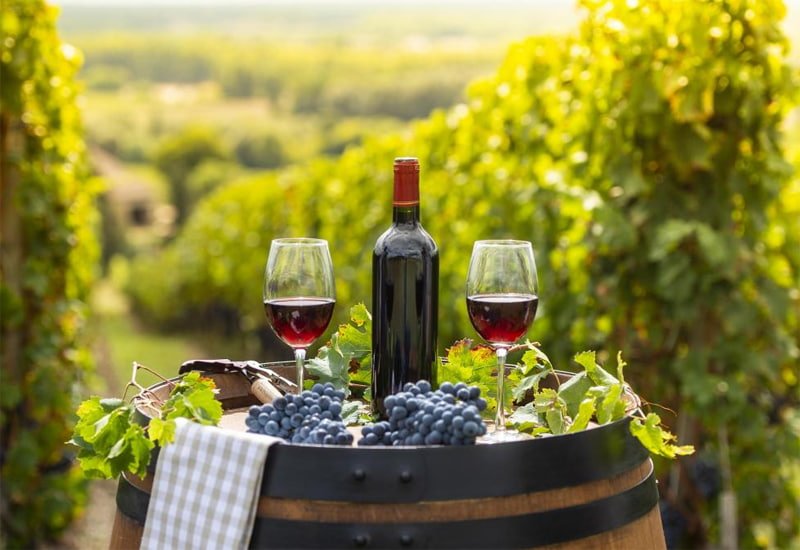
Bordeaux is a historical French wine region famous for its precious red blend investment wines made predominantly with Cabernet Sauvignon and Merlot.
Bordeaux is also home to excellent dry and botrytized sweet white wines produced from Sauvignon Blanc and Semillon.
The most noteworthy Bordeaux wines are produced in these three sub-regions.
- Medoc: Medoc produces the boldest, most tannic, and investment grade wine bottles.
The most promising Medoc producers include Lafite Rothschild, Chateau Margaux, Mouton Rothschild, and Chateau Latour.
- Libournais: The Libournais Bordeaux region is home to two iconic appellations - Pomerol and St Emilion. While Pomerol is known for its powerful and refined Merlot wines, St Emilion crafts rich, elegant Bordeaux wines perfect for cellaring.
The finest Libournais wines are crafted by Le Pin, Petrus, Lafleur, La Violette, Chateau Angelus, Chateau Ausone, Château Cheval Blanc, and Château Pavie.
- Graves: Graves is most famous for its Sauternes and Barsac dessert wines. Graves’ Pessac Leognan appellation also produces excellent dry white wines.
To get the finest Graves wines, look for producers like Liber Pater, Haut Brion, Pape Clément, Haut Bailly, Smith-Haut-Lafitte, and Chateau d’Yquem.
How long can Bordeaux wine age?
The red and sweet white Bordeaux wines can age for 50 years. The dry whites can age beautifully for up to 10 years.
How can you assess the quality of a Bordeaux wine?
The advantage of buying a Bordeaux wine as an investment is that they are already classified based on their quality.
Bordeaux classifies its wines as Growths - the First Growths being the finest and the Fifths being the most easy-drinking wines.
The First Growth wines are the most expensive Bordeaux bottles that promise great returns. When you’re ready to invest in First Growths, Lafite Rothschild is an excellent bottle to start with. It costs around $1,140 a bottle, on average. To buy a single case of wine, you’ll need a budget of at least $14,000.
However, if you don’t wish to shell out thousands of dollars when you’re just starting out your French wine investment journey, go for Second Growth wines.
Take Leoville Las Cases for example. These Second Growth bottles typically sell for $100-$130, while exceptional vintages like 2009 would go upto $500.
Avoid going for Fourth and Fifth Growth wines because they are usually made for early consumption and typically sell for less than $15 on the wine market.
2. Burgundy

When it comes to French wine investment, we cannot leave out Burgundy.
Burgundy produces elegant Pinot Noir red wines and luscious Chardonnay white wines that command monumental prices in the global wine market. The finest Burgundies like the 1999 Domaine Leroy Musigny Grand Cru can cost over $70,000!
Covering a much smaller vineyard area of 25,000 hectares (compared to Bordeaux’s massive vineyard area of 120,000 hectares), Burgundy produces a limited quantity of wines. It is one of the reasons behind their astronomical prices.
Another reason is Burgundy’s ever-growing demand. According to Liv-ex, Burgundy’s average monthly trade share climbed from 17.7% to 21.4% in 2020-2021. This jump is mainly because of the interest from Asian markets, including Chinese investors.
The best Burgundy wines are produced in:
- Chablis: Chablis produces outstanding unoaked Chardonnays.
The best Chablis producers include Domaine Raveneau, Domaine Laroche, Benoit Droin, Domaine William Fèvre, Domaine Louis Michel et Fils, Domaine Christian Moreau, and La Chablisienne.
- Cote d’Or: Cote d’Or is the home to two historical Burgundy regions - Cote de Nuits and Cote de Beaune. While Cote de Nuits is known for its age-worthy Pinot Noirs, Cote de Beaune is famous for rich Pinot Noir wines and oaked, luscious Chardonnays.
Top Cote d’Or producers include Domaine Leroy, Domaine Leflaive, Armand Rousseau, Domaine d'Auvenay, Domaine de la Romanée-Conti, and Domaine Ramonet.
How long can Burgundy wines age?
A fine red Burgundy can age for around 50 years, while a good white Burgundy can be cellared for 2-3 decades.
How can you assess the quality of a Burgundy wine?
Like Bordeaux, Burgundy also follows a wine classification system to define the quality of its wines.
Typically, Burgundy wines fall under four categories (from the finest to the most easy-drinking ones):
- Grand Cru
- Premier Cru
- Village Wines
- Regional Wines
If you’re a new wine investor, you can start with Premier Cru wines like Georges de Vogue’s Les Amoureuses. Its recent vintages sell for over $750 in the secondary wine market. Currently, its 2002 vintage is priced at over $1,700.
When you’re ready to invest in a Grand Cru, Armand Rousseau is a good place to start. These wines sell for an average of over $1000, but the finest vintages can cost you over $10,000.
When you become a seasoned wine investor, you can add a fine Domaine de la Romanee Conti to your wine collection. Romanee Conti wines consistently sell for over $10,000 in the secondary market.
On release, they typically sell for around $1,000. If you had bought just one Romanee Conti bottle in 2010, you would be able to sell it for over $30,000 today!
3. Champagne
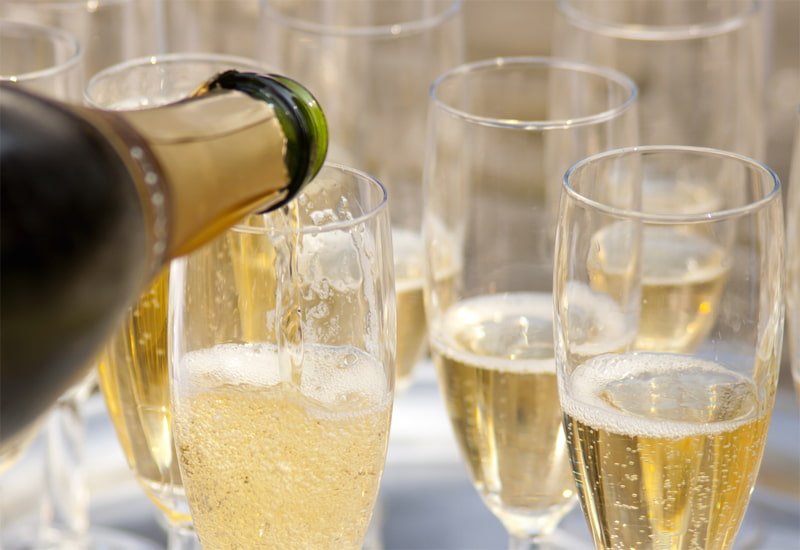
Champagne has always been associated with celebrations. However, it has become a favorite among seasoned wine collectors across the globe - be it North America or New Zealand.
Here’s why a wine investor should consider Champagne.
- Champagne has proved to be a low-volatility investment showing positive returns for the past two decades.
- Most producers craft vintage Champagne only in good vintages and in limited quantities. This limited supply increases Champagne’s prices.
- Champagne is a luxury drink and you’ll spot it at a prestigious auction house commanding high prices.
In 2009, the 1928 Krug Brut Vintage Champagne fetched $22,670 at an Acker Merrall & Condit auction. And in 2006, the 1990 Louis Roederer Cristal Champagne was sold for $18,000 at Christie’s New York auction.
- Good Champagnes also show commendable price appreciations.
The 1975 Dom Perignon P3 Plenitude Brut increased by 692% between 2020-2022, going from $2,532 to $20,065!
How long can vintage Champagne age?
A good vintage Champagne can comfortably age for around 20 years.
Which are the best vintage Champagnes for investment?
If you’re looking for an investment-worthy Champagne, go for producers like Moet & Chandon, Dom Perignon, Louis Roederer, Krug, and Ruinart.
4. Rhone Valley Wines

The Rhone Valley French wine region is famous for producing excellent investment wines from Syrah, Grenache, Mourvèdre, Viognier, and Roussanne grapes.
In 2020-21, the Liv-ex’s Rhone 100 index grew by 11.59%. This growth is credited to the rising demand for tangible assets like fine wine. The suspension of US import tariffs also gave Rhone wines a boost in the US wine market.
How long can Rhone wines age?
The most coveted Northern Rhone wines, especially from Hermitage and Cote Rotie, can be easily cellared for over two decades.
Which are the best Rhone wines for investment?
The Rhone Valley wines capable of commanding high prices like top-flight Burgundy or Bordeaux include Jean-Louis Chave, Paul Jaboulet, E. Guigal, Chateau de Beaucastel, and Chateau Rayas.
15 Investment-Worthy French Wines to Buy In 2024
Here are 15 incredible French investment wine bottles that would make an excellent addition to your cellar.
- 2013 Domaine Leroy Musigny Grand Cru, Cote de Nuits ($63,962)
- 2010 Chateau Cheval Blanc, Saint-Emilion Grand Cru ($1,253)
- Chateau Ausone, Saint-Emilion Grand Cru ($1,001)
- 2015 Le Pin, Pomerol ($4,646)
- 2019 Petrus, Pomerol ($6,378)
- 2011 Chateau Rayas Chateauneuf-du-Pape Reserve, Rhone ($2,404)
- 2018 Domaine Georges & Christophe Roumier Echezeaux Grand Cru, Cote de Nuits ($15,868)
- 2015 Domaine Leflaive Montrachet Grand Cru, Cote de Beaune ($20,786)
- 2009 Domaine Jean-Louis Chave Ermitage 'Cuvee Cathelin', Rhone ($8,860)
- 2015 Domaine Leroy Richebourg Grand Cru, Cote de Nuits ($25,937)
- 2017 Chateau d'Yquem, Sauternes ($405)
- 2011 Leroy Domaine d'Auvenay Les Gouttes d'Or, Cote de Nuits ($15,695)
- 2002 Louis Roederer Cristal 'Gold Medalion' Orfevres Limited Edition Brut Millesime, Champagne ($4,824)
- 2006 Boerl & Kroff Brut Millesime, Champagne ($2,377)
- 2008 Jacques Selosse Millesime, Champagne ($4,291)
Now that you know which fine wine to add to your cellar let’s see how you can invest in one.
The 5 Key Ways to Invest in French Wine
The global wine market can be a tricky place to navigate. Here are five different ways to invest in French wine.
- Use a Wine Investing Company like Vinovest
- Wine Futures/En Primeur
- Wine Stocks
- Buy Bottles Directly
- Invest in a Wine Estate
1. Use a Wine Investing Company like Vinovest

The easiest way to invest in outstanding French wine is through a trustworthy wine investment company like Vinovest. Any passionate wine lover can turn into an investor overnight!
Vinovest lets you buy sought-after, authentic investment wines directly from wineries, global wine exchanges, and merchants at wholesale prices.
Before you buy your fine wine, Vinovest also analyzes the following historical data to make sure you add the best bottle to your wine collection:
- Secondary market pricing
- Liquidity
- Producer brand equity
- Critics scores
- Regional vintage strength
- Risk to return ratio of different vintages
Your French and other investment wines are insured and stored in temperature-controlled warehouses with optimal humidity, light, and vibrations.
All this at a minimal annual fee of 2.5% (1.9% for an investment portfolio of over $50,000.)
All you need to do is follow a simple four-step process:
- Sign upon the Vinovest website.
- Fill in a questionnaire to assess your risk tolerance and investment preferences.
- Add funds to your account (a minimum of $1,000.)
- Start building a rewarding fine wine portfolio.
2. Wine Futures/En Primeur

To get maximum profits, you can invest in wine futures or En Primeur wines (buying wines while they’re still in the barrel).
The key to En Primeur investing is to do it through a reputed wine merchant or wine investing platform like Vinovest. Also, go for wines that have received good critic reviews and a 95 and higher rating.
3. Wine Stocks
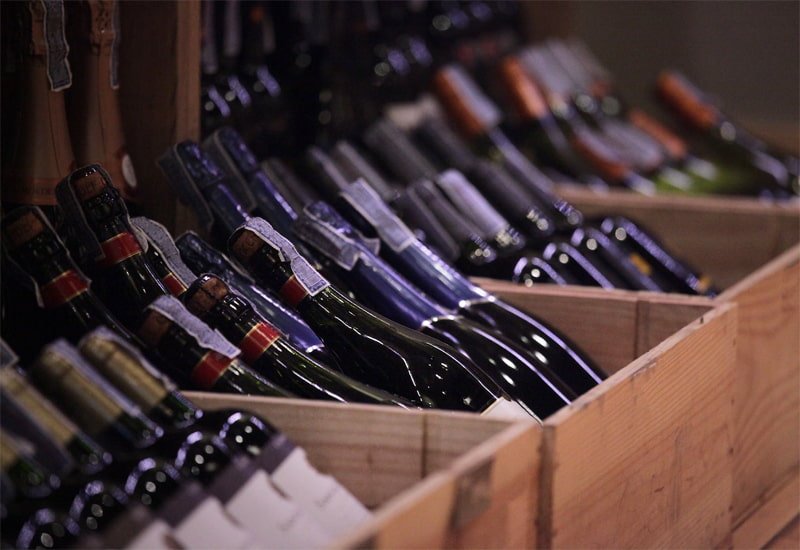
Another way is to invest in French wines is through a rewarding wine fund like Truett-Hurst, Constellation Brands, or Diageo.
4. Buy Bottles Directly
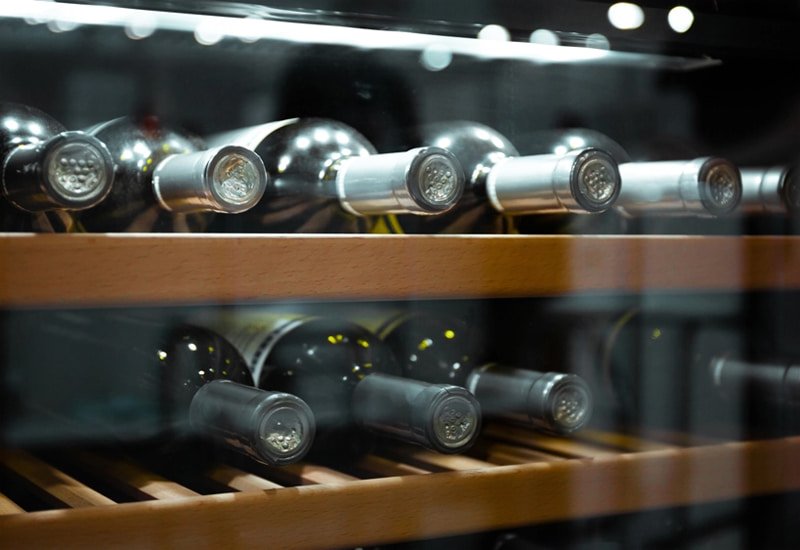
You can also buy an investment-worthy French wine directly from the global wine market. However, you’ll have to pay a hefty delivery fee, the merchant’s or auction house’s commission, and the storage facility’s charges.
5. Invest in a Wine Estate

n recent years, the French wine market has seen an increase in small and medium wine estates looking for new investors. In fact, Bordeaux has seen massive vineyard investments by Chinese investors (especially top Chinese firm and Chinese companies.)
However, to invest in a wine estate, you’ll need deep contacts in the French wine industry and extensive wine knowledge to spot brilliant winemakers.
Tips on Investing in French Wine
Before you start investing in French wines, here are some quick tips.
A. Understand Market Risks
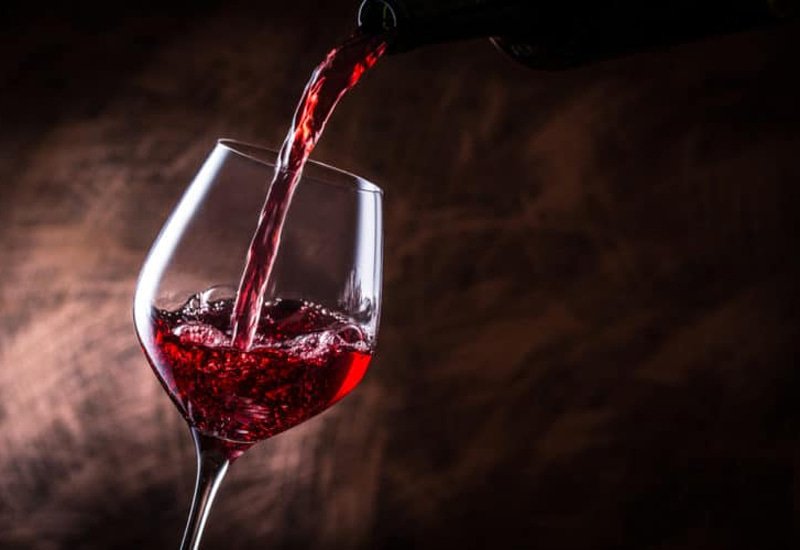
Navigating through the fine wine market is not easy, especially when investing in French wine. Here are some market risks you need to consider:
- getting your bottle damaged in storage or transit
- Encountering a counterfeit bottle
- Losing the wine’s value if not sold at the right time
B. Keep a Check on Taxes and Shipping Costs

Unless you’re from Bermuda or Panama, where investing in fine wine is tax-free, you’ll have to pay a good amount of tax on your fine wine bottles.
Also, as a new investor, you’ll have to figure out the transportation costs, especially if you’re sourcing your fine wine from a different country (or continent), including a New World region like New Zealand or even North America.
C. Trace the Wine’s Provenance
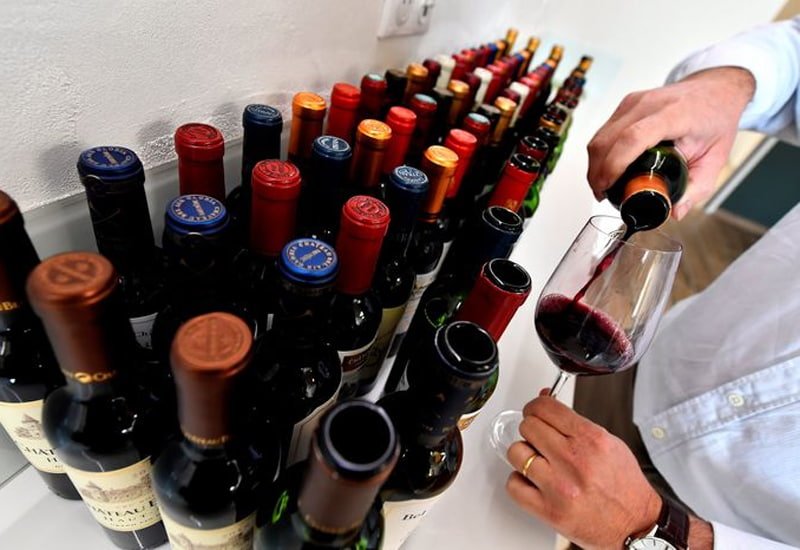
To ensure your fine wine’s authenticity and how long you can cellar it, you’ll need to trace the wine’s provenance. You can do it by:
- Getting a certificate of authenticity
- Checking its ownership history
- Reviewing its storage conditions and locations
D. Use A Portfolio Manager
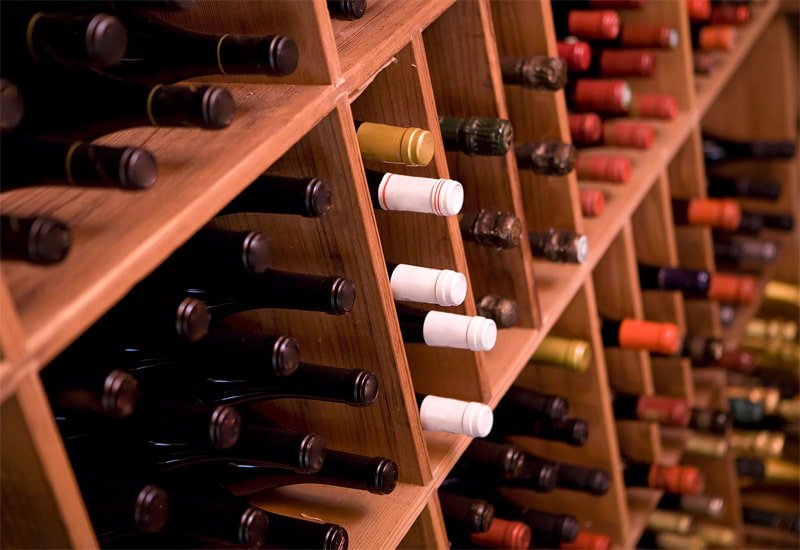
When investing in French wine or even a Super Tuscan wine, you cannot take a DIY approach. You’ll need to contact a wine expert to help you pick out a high quality wine and sell it at the right time.
E. Start Slow
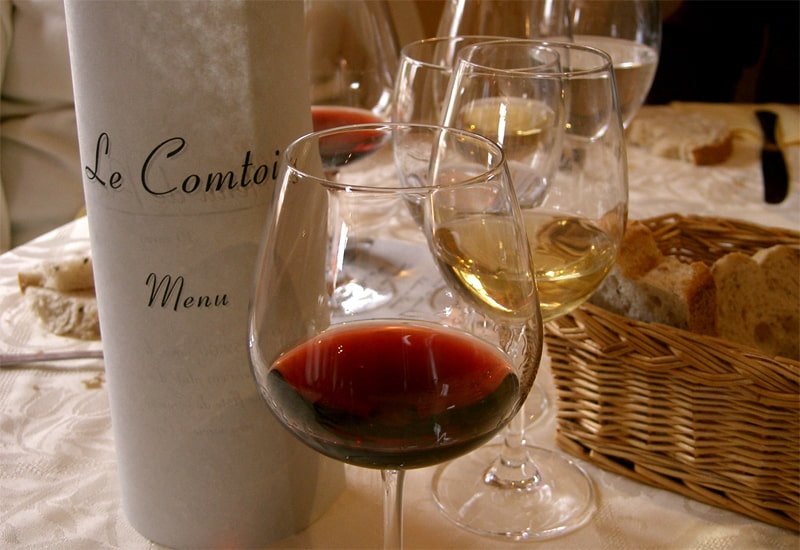
If you’re just beginning your French wine investment journey, it's best to first test the waters with Second Growth Bordeaux or Premier Cru Burgundy wines.
Even though your profit margins will be a bit low, these wines will help you get comfortable with handling fine wine bottles and learn everything about sourcing, storing, and selling investment wine bottles.
Invest In An Outstanding French Wine Today!
With outstanding terroirs and excellent producers that produce investment grade wine bottles, France offers a wide range of wines that’ll make a great addition to your cellar.
However, with collecting fine wine comes the responsibility of managing your portfolio smartly.

Get in touch with the fine wine investment experts at Vinovest and start building your portfolio of French wine bottles, the Cabernet Sauvignon cult wines of Napa Valley, or a Super Tuscan bottle.
